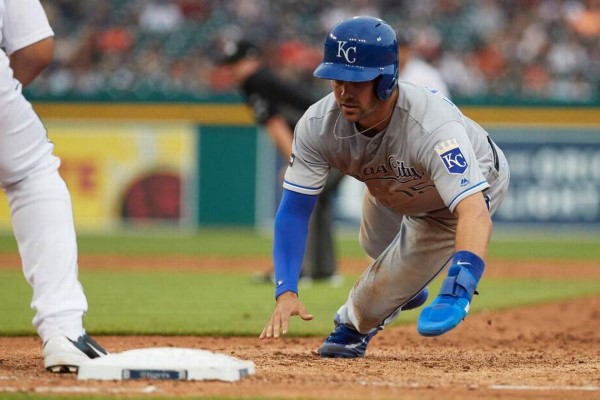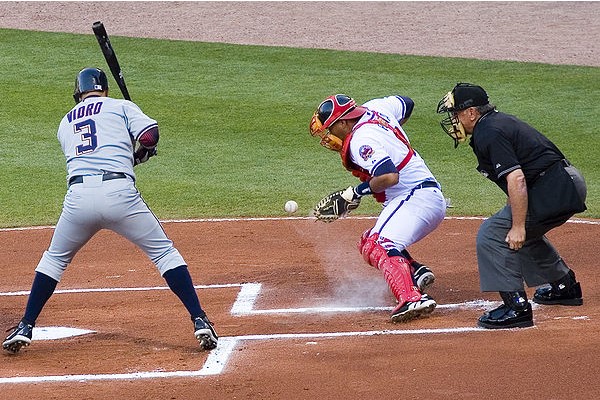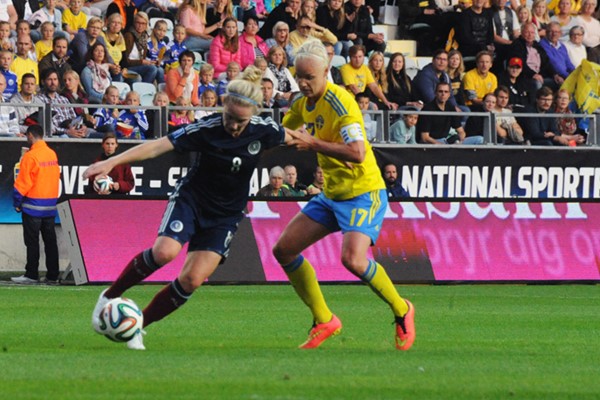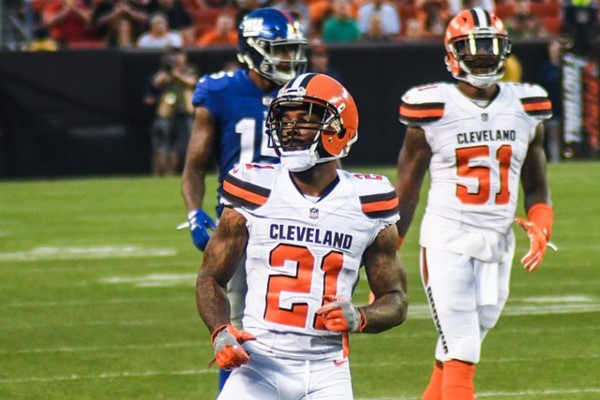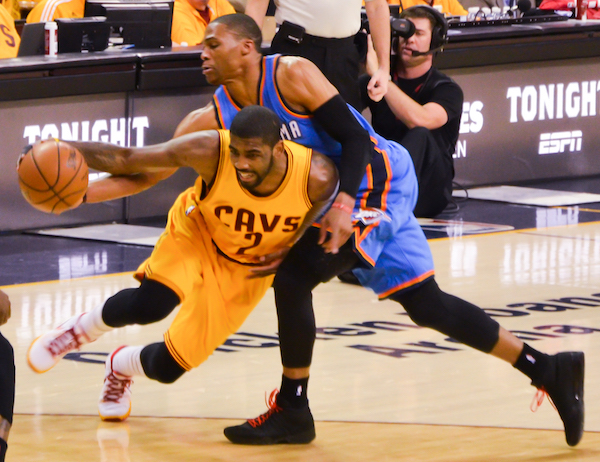Dear Sports Fan,
Please tell us why NFL players want to kneel during the National Anthem. And explain what, if anything, this has to do with respect or disrespect for the U.S. military.
Thanks,
RKR
— — —
Dear RKR,
The experience of seeing NFL football players kneeling during the National Anthem before a game has become a common one of the past couple of years as has the experience of having their act become a subject of political controversy. As the players’ acts of protest have become more controversial, their intent has become increasingly hidden by claims from outside observers. This makes developing an opinion about whether to support the protests and relatedly, whether the protests are disrespectful toward the American Flag much more tricky. Explanations for the reasoning behind the protest are all over the place. For example, here is the start of the Wikipedia entry on the U.S. National Anthem Protests:
Since August 2016, some U.S. athletes have silently protested against “systematic oppression”,[2] “equality and social injustice”,[3] “racism and injustice in our criminal system”,[4] “oppression of people of color in the United States”,[5] and to not “show pride in a flag for a country that oppresses black people and people of color”[6] during the playing of the U.S. national anthem.[7] Many players since 2017 have started to protest against the policies of President Donald Trump.[8]*
*It’s worth noting that the sources for those claims are, in order: [2] Sporting News, [3] USA Today, [4] Fox News, [5] SB Nation, [6] NFL.com, [7] Fox News, [8] Fox News.
As someone who follows sports news and political news quite actively, I am sure that I carry my own share of bias into this answer, so I’m going to do my best to answer your question without editorializing.
The first NFL player to protest during the National Anthem was Colin Kaepernick. On August 14, 2016, the San Francisco 49ers — the NFL team that employed Kaepernick at the time — played the Houston Texans in a preseason game. Kaepernick sat on a team bench during the playing of the National Anthem. He did the same thing the following week during the 49ers preseason game against the Denver Broncos. He did the same thing once more in the 49ers next preseason game against the Green Bay Packers on August 26, 2016. This time, a few reporters noticed and asked him questions about it after the game.
This got the story going but it didn’t truly explode until three days later, on August 29, when then presidential candidate Donald Trump was asked about it in a KIRO radio interview by Dori Monson and responded by saying, “I have followed it and I think it’s personally not a good thing, I think it’s a terrible thing. And maybe he should find a country that works better for him, let him try. It won’t happen.” From that moment on, the story of the protests have become increasingly calcified as an “us vs. them” fight with, generally speaking, protesting NFL players and liberals on one side and the NFL commissioner, (most) NFL owners, President Trump, and conservatives on the other. In order to get the clearest possible picture of why, let’s go back to that brief period between August 26 and 29, 2016 after the protest had been noticed but before they had become a controversy.
The day after that August 26 preseason game, the New York Times and NFL.com each ran stories about Kaepernick’s protest. With the benefit of hindsight, they are noticeably balanced in their portrayal. According to Christine Hauser of the New York Times, Kaepernick’s protest was “a statement against racial oppression.” The NFL.com’s article on the same day by Steve Wyche attributed Kaepernick’s protest to, “what he deems are wrongdoings against African Americans and minorities in the United States.” Both stories carried a quote from Kaepernick’s post-game interview:
“I am not going to stand up to show pride in a flag for a country that oppresses black people and people of color. To me, this is bigger than football and it would be selfish on my part to look the other way. There are bodies in the street and people getting paid leave and getting away with murder.”
Both the New York Times and NFL.com seem to have done a fair job of summarizing Kaepernick’s intent, although neither of them provide the specific context of police violence against people of color that is so obvviously present in Kaepernick’s last sentence. The following week, in the final preseason game the 49ers played that year, Kaepernick was joined in his protest by teammate Eric Reid. This time, both players knelt during the National Anthem instead of sitting. A year after this, Reid wrote an op-ed in the New York Times explaining his reasoning for joining Kaepernick. Reid wrote, “In early 2016, I began paying attention to reports about the incredible number of unarmed black people being killed by the police… A few weeks later, during preseason, my teammate Colin Kaepernick chose to sit on the bench during the national anthem to protest police brutality.”
In terms of why they switched from sitting to kneeling, here’s what Reid wrote, “After hours of careful consideration, and even a visit from Nate Boyer, a retired Green Beret and former N.F.L. player, we came to the conclusion that we should kneel, rather than sit, the next day during the anthem as a peaceful protest. We chose to kneel because it’s a respectful gesture. I remember thinking our posture was like a flag flown at half-mast to mark a tragedy.”
It seems clear that the protest was generally about the oppression of people of color in the United States and specifically about police brutality. Whether you believe it is disrespectful is a more complicated question. I am reminded of a long rambling car-ride conversation on the subject of disrespect I had with a childhood friend who is now a philosophy professor. We were debating whether an act is disrespectful because of the intent of the person doing it or based on how the person on the receiving end perceives it. If you believe it’s based on the intent of the actor, then you may have enough information now to make up your own mind. If, however, (and this was my side of the argument,) you believe that whether something is disrespectful is based on how the other person perceived it, then… well… the question you’re left with is this: who gets to decide whether the National Anthem or the United States Flag feels disrespected? Who speaks for the country? And isn’t that the underlying political question of our time?
It’s not going to be solved here but thanks for reading anyway,
Ezra Fischer


